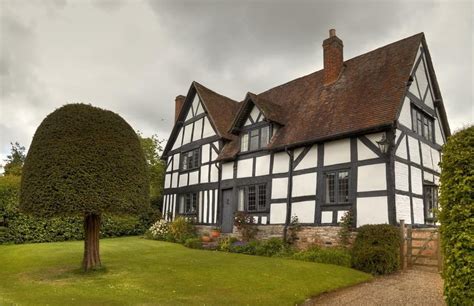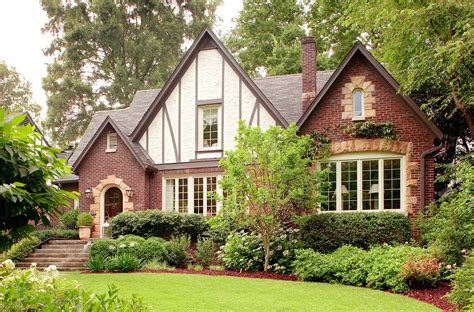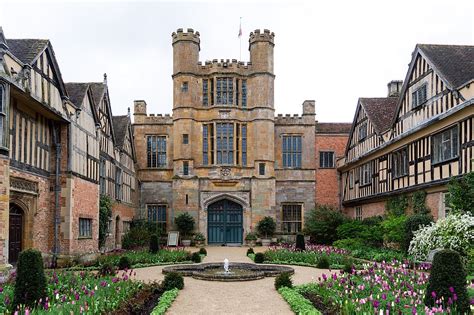when were tudor houses built | tudor wooden houses when were tudor houses built The great country house came into its own in the later 16th century, when some of the most famous and impressive mansions in England – including Longleat and Burghley House – were . Shop Cree Lighting C-ACC-A-CRDS-6FT-LV-SB Cord w-Strain Relief, 6ft, 120V, Straight Blade Plug, Fits any 120V Fixture for High Bays online at Lightingandsupplies.com! Fast shipping on all in-stock items.
0 · tudor wooden houses
1 · tudor style houses
2 · tudor style architecture history
3 · tudor houses walls
4 · tudor houses history
5 · tudor houses architecture
6 · tudor houses
7 · tudor homes facts
Among the trusted names in the industry, Crompton Greaves stands out as a reliable provider of electric motors, and we, as authorized dealers, take pride in offering top-notch gearboxes,.
There are many Tudor houses in England, some of which are still being lived in today. The town of Lavenham in Suffolk is famous for its Tudor buildings. Many Tudor houses .

Tudor architecture was the Medieval architectural style developed in the early part of the Tudor Dynasty in England between the time period of 1485 to 1603. This phase had 6 rulers―Henry .The great country house came into its own in the later 16th century, when some of the most famous and impressive mansions in England – including Longleat and Burghley House – were .
Tudor architecture started in England between 1485 and 1603, blending Gothic and Renaissance styles. Key features include timber-framed houses with steep roofs, big chimneys, fancy windows, and half-timbering on .
Tudor Revival architecture became particularly popular for suburban homes in Britain and North America in the late 19th and early 20th centuries. These houses often .Tudor Manor houses. The manor houses of the rich during the Tudor era usually conformed to a certain construction pattern. In the middle of the manor houses stood a courtyard and the .An introduction to the architecture of the Tudor and Elizabethan period (1485-1603) in England, Ireland and Wales, with bibliography.
Tudor house architecture: How England’s great homes evolved in the 16th century. John Goodall March 27, 2022. Fig 1: The panelled parlour of Alston Court, Suffolk, dated to .This simple cottage, Ascott House in Buckinghamshire designed c. 1876 by George Devey, is an early example of Tudorbethan influence Half-timbering, Gothic Revival tracery and Jacobean carved porch brackets combine in the . The original English Tudor started in England during the 15 th century when the British monarchs were reigning in the country. The original English Tudor house was built for the wealthy but it wasn’t until a few decades later that the commoners adopted a more modest version of Tudor architecture. The same building technique, i.e. the half-timbers, were visible .
Tudor homes were built to last a long life time to support large families and the increasing population. During construction, there was a lot to consider compared to today in terms of the practicality and safety of their methods. But with so many design elements to consider, let’s look at the historical back stories behind separate aspects of .In fact, another secondary Tudor revival occurred in the late 20th century, and the houses built in this phase were called Mock Tudor houses. Facts. Tudor houses built in the revival phase came to be called ‘Stock broker’ houses, owing to the fact that many of America’s rich had made their wealth in the successful stock market of the . They built more fancy houses and castles with Tudor features that people can still see today. This all led to the special look of homes during the Tudor period, which mixed both beauty and strength. . Houses from the Tudor time were different for rich and poor people. Rich folks had big, fancy houses with lots of decorations inside and out. .What were Tudor Houses made from? Houses were usually made of timber (wood) and wattle and daub. Timber coated with tar (The Victorians coated the beams with tar. The Tudors left the wood bare) . A Wealden house built in the late 15th or early 16th century. This house is now in an open air museum.
The Tudor style enjoyed a revival in the mid-19 th century when many `mock Tudor’ homes were built. The main difference between Tudor and mock Tudor is that the beams used in the latter were not part of the supporting structure, they were purely decorative. The familiar brown-and-white exterior of the modern Tudor house captures the look of post-Medieval English village homes, which were commonly built with a combination of white plaster-like daub .
tudor wooden houses
Manor houses were built by the wealthy. They would be set slightly outside of the village itself. The manor house in medieval times would have been home to the Lord of the Manor who acted as landlord and the law for the village. Tudor manor houses had a distinctive design and were built using the most newly available material, red brick. The inner court incorporated the remains of a pre-existing house—built in ‘old’ and ‘homely’ fashion—and a residential range ‘fully finished with curious works and stately lodging’. Fig 5: The now-truncated abbot’s hall at Forde, Devon, of . “Since most Tudor Revival homes were built after the turn of the last century, and specifically in the 1920s, they have a wonderfully diminutive, almost storybook-like scale on the interiors,” says interior designer Bethany Adams. “With exceptions for grand estates, there is a marked contrast to the rambling Queen Anne Victorians that . 1960s Style Homes (Built 1960-1970) . Some have mock Tudor or horizontal wood panelling; Lower ceilings compared to properties built in previous eras; . can then use the guidelines above to get a ‘feel’ for the area and ascertain the .
white and gold dior sandals
English Tudor houses are houses that were built in Medieval England during an era called the Tudor period. This period lasted between 1485 and 1603. However, houses that were built in what is now referred to as the Tudor architectural style were generally built between 1500 and 1560, which is a period that begins after and extends beyond the .Tudor houses Summary. The Tudor era gave rise to an all new class of wealthy citizens, usually merchants or courtiers. This class landed significant properties and built large houses on them. Since the style of these constructions was more or less similar, it came to be called the Tudor houses. Tudor homes were marked with a large courtyard and .
Tudor architecture. The Tudor architectural style is the final development of medieval architecture in England and Wales, during the Tudor period (1485–1603) and even beyond, and also the tentative introduction of Renaissance architecture to Britain.
all blue dior sneakers
tudor style houses
Tudor architecture refers partly to the architectural style that emerged between 1485 and 1603 when artisans built sophisticated two-toned manor homes combining Renaissance and Gothic design elements. There are many Tudor houses in England, some of which are still being lived in today. The town of Lavenham in Suffolk is famous for its Tudor buildings. Many Tudor houses featured a wooden frame (joined together by wooden pegs and not nails), a tall chimney, a steep roof and an enclosed fireplace.Tudor architecture was the Medieval architectural style developed in the early part of the Tudor Dynasty in England between the time period of 1485 to 1603. This phase had 6 rulers―Henry VII, Henry VIII, Edward VI, Jane Grey, Mary I, and Elizabeth I.

The great country house came into its own in the later 16th century, when some of the most famous and impressive mansions in England – including Longleat and Burghley House – were built.
Tudor architecture started in England between 1485 and 1603, blending Gothic and Renaissance styles. Key features include timber-framed houses with steep roofs, big chimneys, fancy windows, and half-timbering on the outside. Big Tudor buildings often had grand halls for feasts while simple cottages had one or two rooms for everything. Tudor Revival architecture became particularly popular for suburban homes in Britain and North America in the late 19th and early 20th centuries. These houses often incorporated Tudor elements such as half-timbering (often decorative rather than structural), steep gabled roofs, and tall chimneys.Tudor Manor houses. The manor houses of the rich during the Tudor era usually conformed to a certain construction pattern. In the middle of the manor houses stood a courtyard and the rooms were constructed around it. On one side of the constructions, a gate led .
An introduction to the architecture of the Tudor and Elizabethan period (1485-1603) in England, Ireland and Wales, with bibliography.
tudor style architecture history

Home | Centrālā statistikas pārvalde. Surveys. For households and individuals. For enterprises and organisations. Data protection. Intrastat. Submit data e.csp.gov.lv. View Below. News. All news. CSB is launching survey .
when were tudor houses built|tudor wooden houses

























